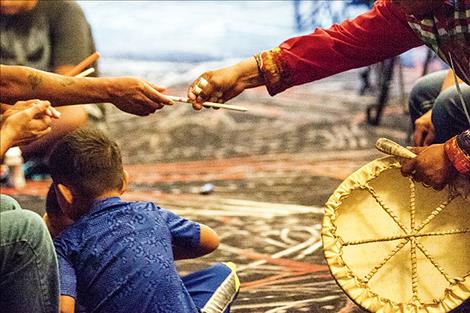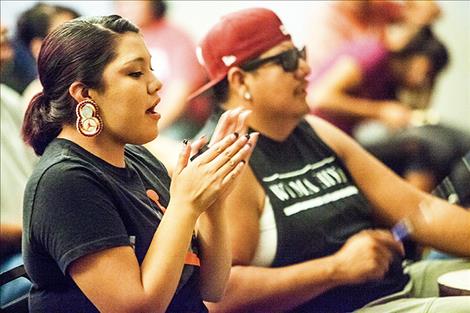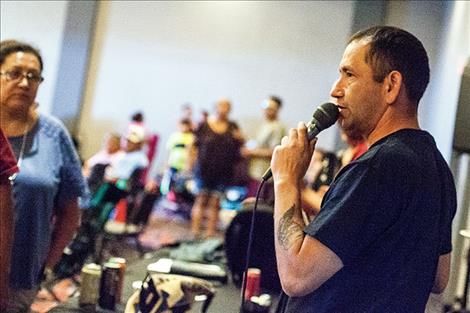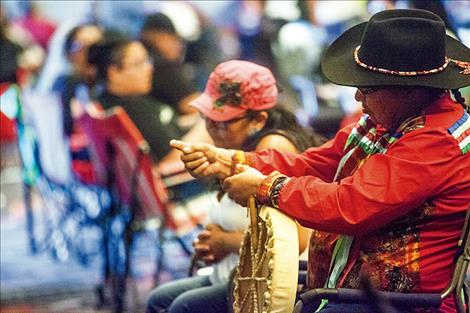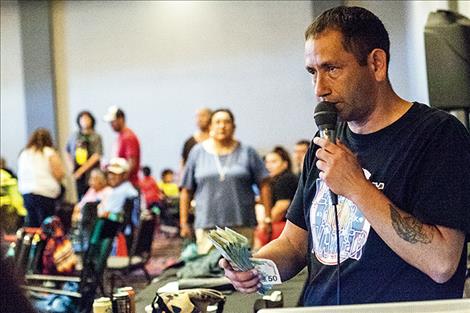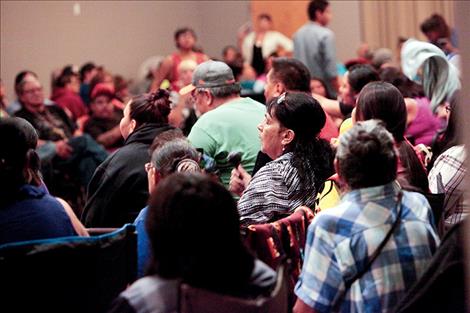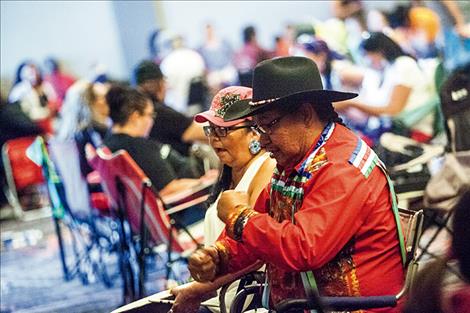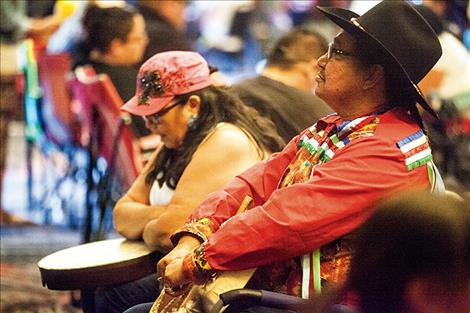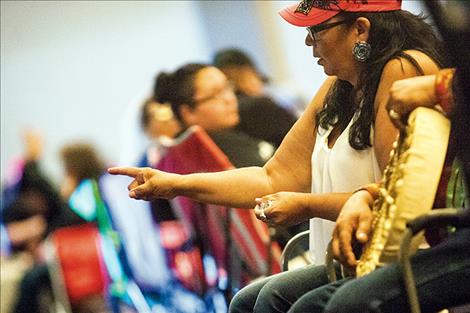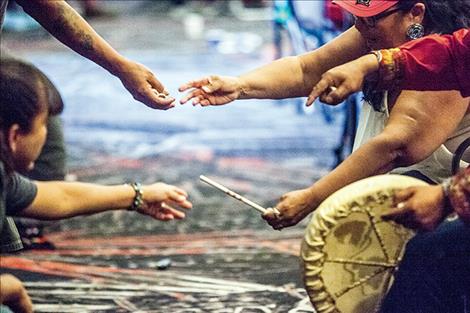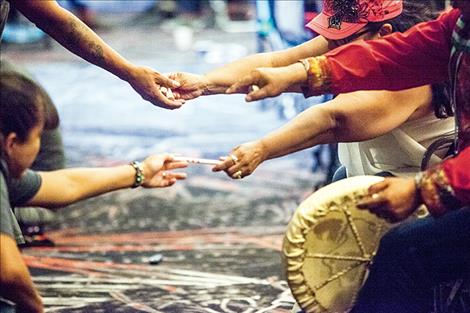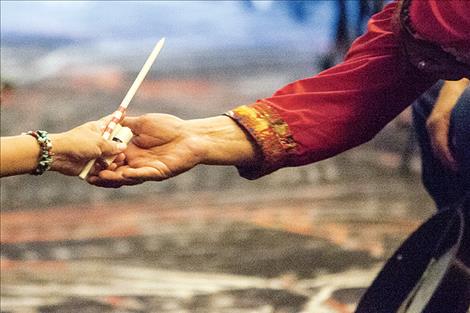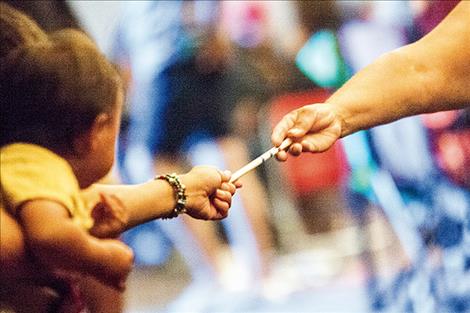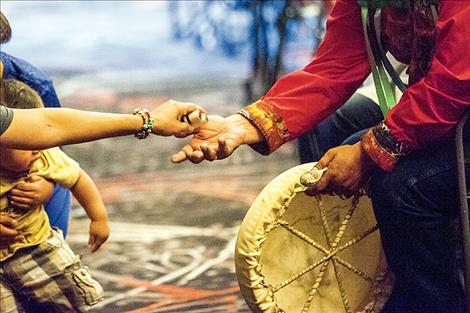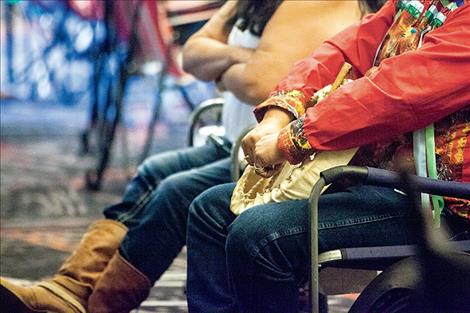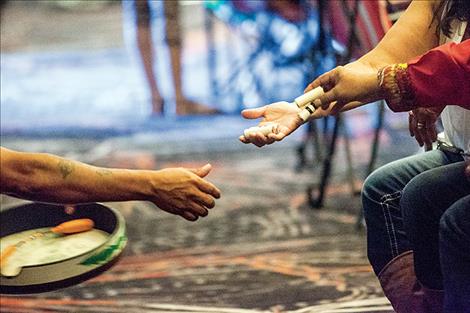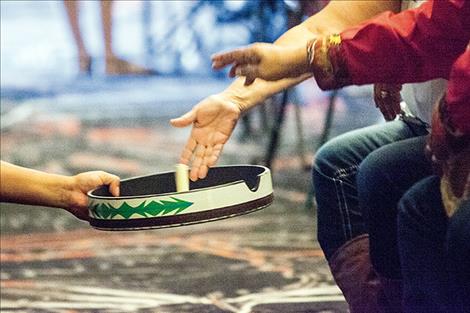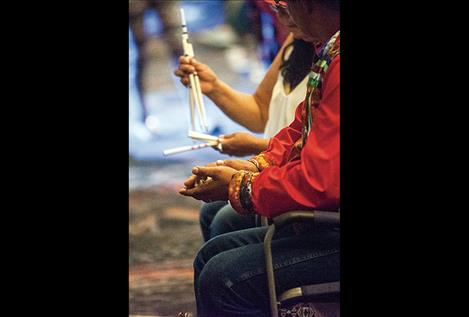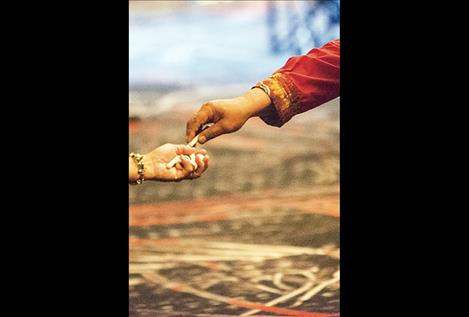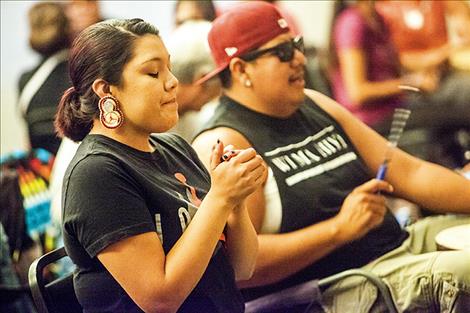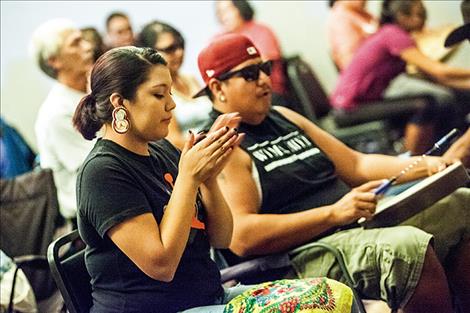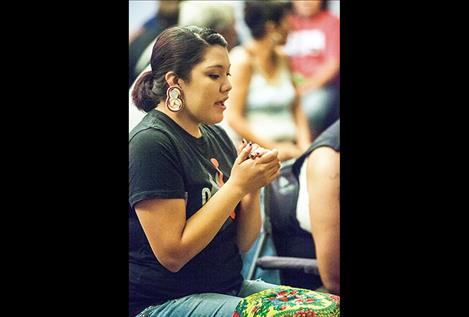Traditional stick game tournament demands focus, keen perception
Hey savvy news reader! Thanks for choosing local.
You are now reading
1 of 3 free articles.
Take a guess. Where are the bones? Keen observation, pattern recognition and a sharp mind could pay off with big bucks. More than 500 people, mostly Native Americans, came to the KwaTaqNuk Resort in Polson Aug. 26-28 to try their hand at stick game, a traditional tribal contest predating recorded history. “It’s older than powwow, it’s older than church, its older than religion,” said Grant Weston, a member of the Oglala Sioux tribe on the Pine Ridge Reservation in South Dakota. The contest was the catalyst for the Indian Gaming Regulatory Act, which in 1988 established gaming rights and regulations for sovereign tribal nations to generate revenue and encourage economic development within their tribes. The game is played between a hiding team and a guessing team that sit facing each other, each holding a given number of sticks, or bones. The guessing team tries to choose the pattern of the hidden bones in the hiding team, who is singing and playing instruments to distract the opposition. For each wrong guess, the bones are handed from the guessing team to the hiding team, and the roles are switched. When guessed correctly, the hider turns his sticks over to the guesser. When one team holds all the sticks, the game is over. The traditional game, Weston explained, involves patterns and logic. “It’s very much about observing. So basically, we are reading body language,” he said. From the moment they meet, players are watching how others pick up their phone, drink their coffee and shake hands. As the bones are hidden, players are observing players’ knuckles; which ones are tight, which are relaxed? “They’re being watched like a hawk in the sky,” Weston said, explaining that the game requires focus, concentration and endurance. “You’re trying to outsmart and outwit your opponent,” he added. “People get so lazy in their thinking. Our culture and tradition is trying to bring that (focus and concentration) back. Weston travels the world to speak to people about the traditional game. “We’re trying to get more youth involved,” he said. “You don’t have to be native. It’s addictive. There’s no politics, no religion, and you can play for free for fun, but it’s still competitive.”















